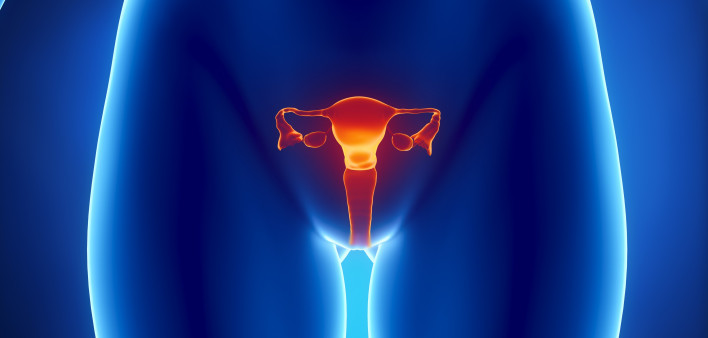The follicular phase, not the luteal phase of menstruation, as previously believed, is likely associated with a higher risk of HIV acquisition among women, Contagion reports.
Approximately the first 13 days following the onset of menstruation make up the follicular phase, which ends once ovulation begins. The luteal phase begins following ovulation—which takes about one day—and lasts from about day 15 to 28 of the menstrual cycle.
Publishing their findings in The Journal of Infectious Diseases, researchers studied cervical mucosal samples as well as blood samples drawn from 37 sex workers in Nairobi, Kenya. The samples were taken 14 weeks apart to distinguish between the follicular and luteal phases of menstruation. The researchers looked at 19 markers of immune modulation and activation of CD4 cells.
A proinflammatory marker known as the chemokine CCL2 was higher during the follicular phase and was an independent predictor that a woman was in this menstrual phase. This association held true even when a woman had genital inflammation and the vaginal inflammatory condition bacterial vaginosis, which itself is associated with a higher risk of HIV acquisition.
CCL2 attracts immune cells to the genital tract, thus providing HIV with the cells it targets in order to establish an infection. Consequently, the study authors concluded that women are at greater risk for HIV acquisition during the follicular phase. However, more research is needed to establish greater evidence supporting this conclusion.
To read the Contagion Live article, click here.
To read the study, click here.







Comments
Comments